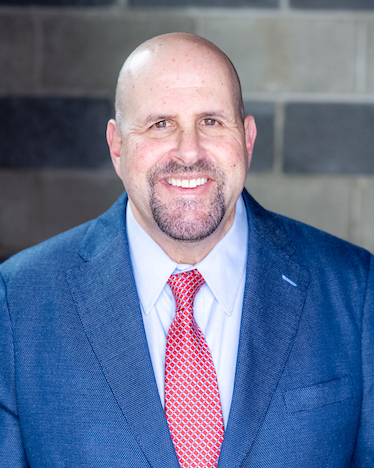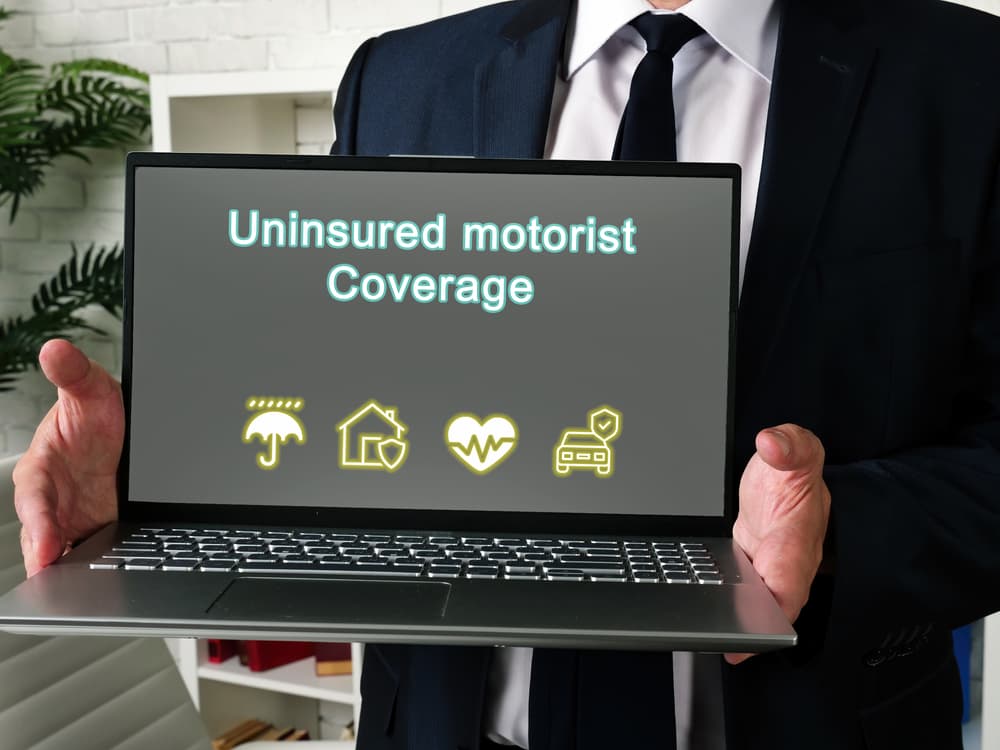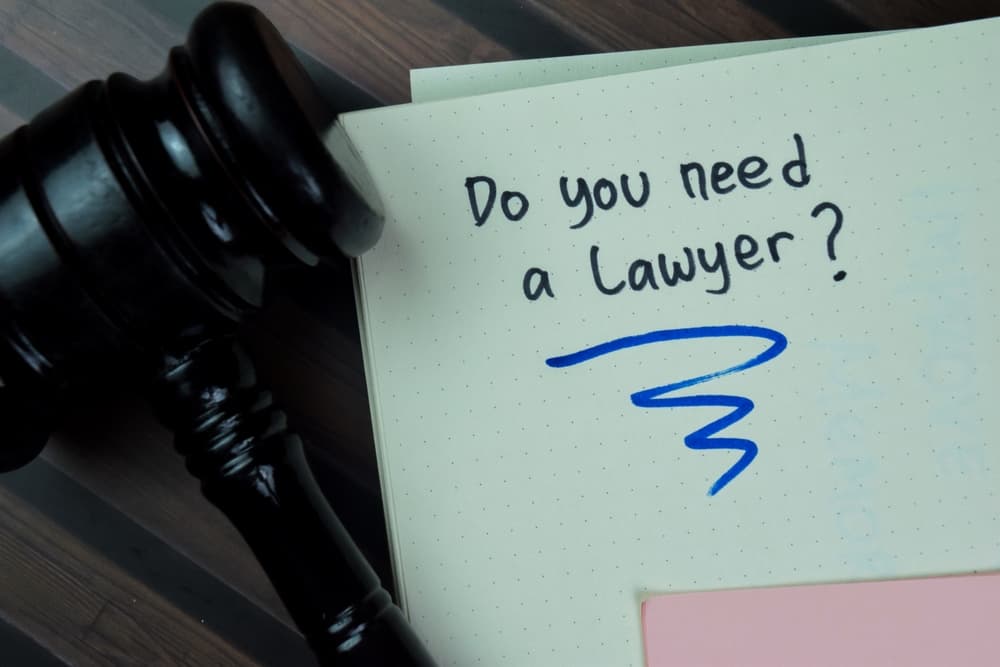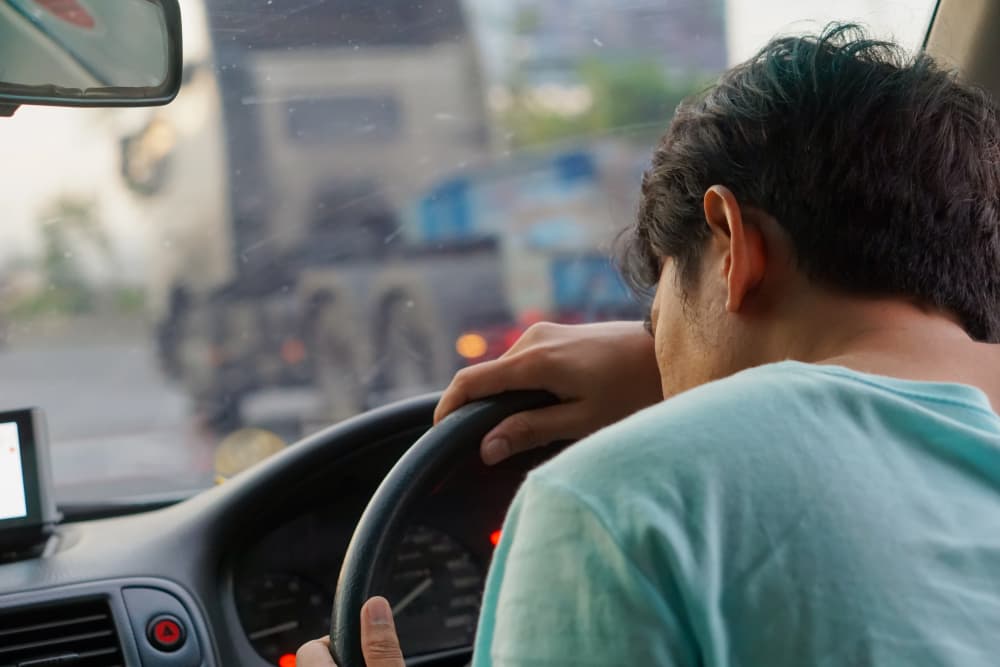A broadside collision is a common type of car accident that happens when the front of a vehicle crashes into the side of another vehicle. The collision can result in devastating injuries because vehicles contain less protection for drivers and passengers on the side.
According to the Insurance Institute for Highway Safety (IIHS), side-impact crashes account for 23 percent of all deaths among vehicle occupants. Depending on the severity of the injury, victims of a broadside collision may need months or years to fully recover, and some may be left disabled for the rest of their lives.
Broadside collisions commonly occur at intersections and highway entrance ramps, also known as highway on-ramps, in Phoenix, Arizona. Injuries resulting from this type of collision can cause physical, emotional, and financial hardships no matter where they occur.
If you or your loved one were in an accident where one vehicle struck the side of another, consider contacting a Phoenix broadside accident lawyer to help you determine fault and obtain fair compensation for your injuries and losses.
Common Causes of Broadside Collisions in Phoenix, Arizona
Car accidents occur every single day on the roads and highways of Phoenix. However, some crashes tend to be more dangerous and deadlier than others. Broadside collisions are among the most dangerous automobile accidents because side-impact crashes often result in severe injuries and fatalities.
But how do these accidents occur? What causes a driver to slam into the side of another vehicle? Causes of broadside collisions vary from one accident to another. However, most accidents result from driver error and negligence.
Common causes of broadside accidents in Phoenix include:
- Failure to yield. When a driver needs to make a turn into the path of oncoming traffic or change lanes, it is their responsibility to check their surroundings, including side-view and rear-view mirrors, to make sure that it is safe to make the turn or change the lane. They must yield to other motorists and can only turn or change lanes when it is safe. Failure to yield the right of way when making a turn or changing lanes commonly results in sideswipe and broadside collisions.
- Running red lights. A survey by the AAA Foundation for Traffic Safety revealed that nearly a third of all drivers admit to running a red light in the past 30 days. According to the IIHS, running red lights results in an estimated 143,000 injuries each year. Broadside collisions are common at intersections where a driver blows through the red light. If perpendicular traffic enters the intersection when a driver runs a red light, an accident is bound to happen, especially if drivers do not react in time to avoid a side-impact crash.
- Impaired driving. Driving under the influence of alcohol or drugs is one of the most common causes of all automobile crashes, including broadside accidents. Impairment can decrease a driver’s reaction time and impair their judgment when operating a vehicle, which is why impaired drivers are more likely to cause preventable accidents.
- Distracted driving. Texting while driving and other forms of distraction contribute to hundreds of thousands of car accidents on U.S. roads every year. According to the Centers for Disease Control and Prevention (CDC), approximately 400,000 people suffered injuries in distracted driving accidents in 2018 alone. When a driver is distracted, they are more likely to crash into another vehicle, which is how many broadside collisions occur on our roads.
- Fatigue or drowsy driving. Fatigue and lack of sleep can substantially affect driving performance. A fatigued or sleep-deprived driver is less likely to think clearly and make reasonable decisions behind the wheel. Drowsiness can decrease reaction time and cause vision problems, which is why a driver may fail to notice a red light when driving through an intersection.
- Speeding. Motorists must slow down or come to a complete stop when approaching an intersection, especially when a stop sign or traffic signal orders them to do so. However, when a driver breaks the speed limit or drives too fast for conditions, they can't slow down or stop in time to avoid a collision. Furthermore, a broadside collision is more likely to cause catastrophic injuries or deaths when vehicles travel too fast.
- Poor visibility. Fog, rain, and snow can make it difficult for drivers to see other vehicles at an intersection or in adjacent lanes. Poor visibility contributes to many broadside collisions when drivers are making turns, changing lanes, or driving through an intersection.
As you might have noticed, negligence causes almost all broadside collisions. If you suffered injuries or your loved one died in a broadside accident caused by another driver’s negligence, you may recover financial compensation. Speak with a Phoenix broadside collision attorney to discuss your particular case.
Where Do Broadside Collisions Most Commonly Occur?
While a broadside collision can occur any time a vehicle turns, changes lanes, merges, or enters the road from a driveway or parking lot, these accidents are more likely to happen in:
- Intersections
- Highway entrance ramps
- Multi-lane roadways
- Parking lots
According to disturbing statistics by the Federal Highway Administration (FHA), over half of all injury and fatal accidents happen at or near intersections. A broadside collision is one of the most common types of accident at intersections. It is not uncommon for side-impact accidents to involve more than two vehicles because the force of impact may cause the vehicles involved in the initial collision to strike passing traffic.
Common Types of Injuries in Broadside Collisions
As mentioned earlier, broadside accidents are one of the deadliest types of collisions on U.S. roads. Accidents in which a vehicle hits the side of another may also result in severe and life-threatening injuries.
Some of the most common types of injuries associated with side-impact crashes are:
- Fractured or broken bones
- Loss of a limb
- Spinal cord injury
- Traumatic brain injury
- Back and neck injuries
- Paralysis
- Internal organ damage
- Crush injuries
- Disfigurement and permanent scarring
It is not uncommon for broadside accidents to result in temporary or permanent disability. Accidents in which one vehicle hits the side of another often require expensive and life-long medical treatment. Some victims never fully recover from side-impact collisions.
Often, the severity of injuries suffered by victims in broadside collisions depends on the size and speed of the vehicles.
How to Prove Negligence in a Broadside Collision?
In many broadside collisions, determining fault is easy. However, in other cases, proving negligence may require a comprehensive investigation and testimony from accident reconstruction experts.
To recover damages after a broadside crash-or any other type of automobile accident, for that matter-the injured party needs to prove:
- Duty of care. You must prove that the other driver owed you a duty of care (all motorists owe other drivers and road users a duty to operate the vehicle safely).
- Breach. The driver breached the duty of care by driving negligently. For example, if the collision occurred because the other driver was trying to run a red light, that driver will be negligent because they failed to follow traffic laws.
- Causation. The accident and your injuries result from the driver’s negligent behavior.
- Damages. You suffered actual damages because of the other driver’s negligence (e.g., medical expenses, loss of income, and others).
A skilled broadside collision attorney can assist you with proving the four elements of negligence to help you obtain the compensation you deserve in your case.
Frequently Asked Questions (FAQs) About Broadside Collisions in Phoenix, AZ
Where are the most dangerous roads in Phoenix, Arizona?
While broadside collisions can occur on any road when drivers do not exercise due care, some roads and highways in Phoenix, Arizona, are more dangerous than others.
Below is the list of Phoenix roads where automobile accidents occur more often:
- 43rd Avenue from W. Lamar Road to W. McDowell Road
- McDowell Road from N. Scottsdale Road to N. 36th Street
- 19th Avenue from W. Shangri-La Road to W. Union Hills Drive
- Indian School Road from N. 53rd Avenue to N. 91st Avenue
- Indian School Road from N. 40th Avenue to N. 3rd Street
- Northern Avenue from N. 19th Avenue to N. 56th Avenue
- Bell Road from N. 26th Street to N. 23rd Avenue
- Thomas Road from N. 71st Avenue to N. 37th Avenue
- Bethany Home Road from N. 35th Avenue to N. 12th Pl.
Regardless of where the broadside collision occurs, the driver who failed to exercise due care will be responsible for the resulting injuries and losses suffered by victims.
Who is at fault in broadside collisions at intersections?
When a broadside accident occurs at an intersection controlled by traffic signal lights, the person who proceeded through an intersection against a red light caused the crash. However, if there were no witnesses to prove that the other driver ran a red light, it might be difficult to prove fault. In that case, a thorough investigation and testimony from accident reconstruction experts may be necessary to determine who was at fault.
Who is at fault in broadside collisions in parking lots?
Most broadside collisions in parking lots occur when vehicles cross aisles or attempt to pull out of parking spaces. The driver who failed to exercise due care will bear fault. In many parking lot accidents, both drivers bear some fault for the collision.
Who is at fault in broadside collisions that occur when a vehicle enters the road?
Traffic law requires drivers leaving a driveway to yield the right of way to all vehicles on the roadway until it is safe to enter the road. Drivers who want to enter the roadway must wait until the road is clear to enter the road safely. Failure to do so may make the driver leaving the driveway at fault for the broadside accident.
Who is at fault in broadside collisions that occur when turning left across oncoming traffic?
Many broadside collisions occur when a vehicle is turning left across oncoming traffic. The vast majority of these accidents are the fault of the driver turning left because motorists must exercise due care and keep a proper lookout before turning left into the path of oncoming traffic.
In left-turn situations, a motorist must yield the right of way to all vehicles from oncoming traffic. However, drivers from oncoming traffic must also keep a proper lookout and slow down if they see a vehicle performing a left turn. Slowing down can prevent a broadside accident and save lives.
How can a Phoenix broadside collision lawyer help?

While you can handle your car accident case after a broadside accident on your own, doing so can be complicated, especially if you do not know how to prove the other driver’s fault or liability is unclear. In these cases, you might want to consider contacting a Phoenix broadside collision lawyer to investigate your accident, prove the other driver’s fault, and fight for the compensation you deserve.
Your lawyer will gather the necessary evidence to support your insurance claim and negotiate a fair settlement with the insurance company. With an experienced attorney on your side, you can determine and document the full extent of your losses to maximize the settlement amount.
A Phoenix broadside collision attorney will advise you of your options throughout the claims process. If the insurance company refuses to provide adequate compensation, your lawyer may determine that you can benefit from filing a lawsuit to get the compensation you deserve.



